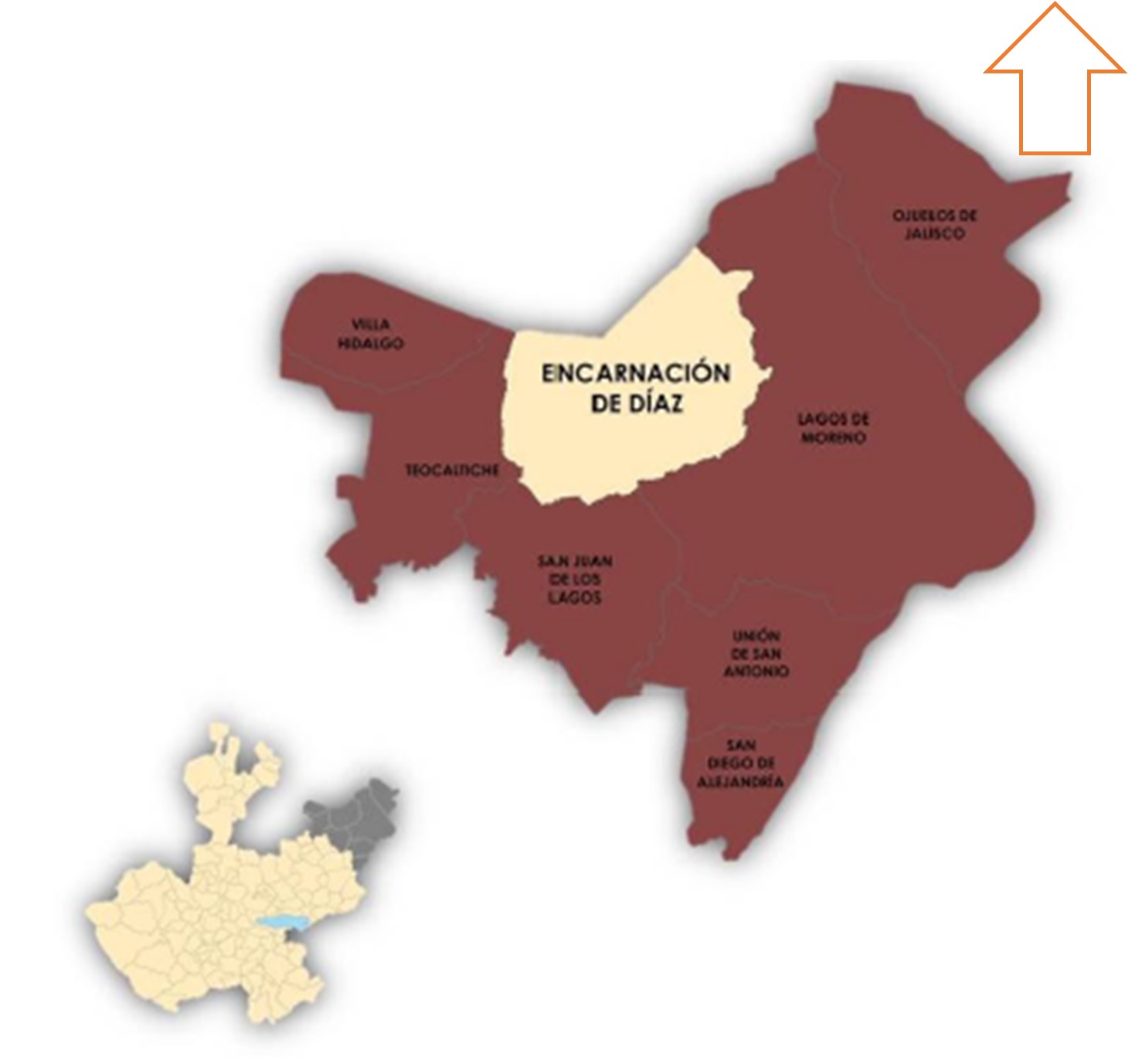Valuation of residential properties with a not very dynamic real estate market
Case: Encarnación de Diaz, Jalisco, Mexico
DOI:
https://doi.org/10.18861/ania.2022.12.2.3243Keywords:
real estate, static real estate market, slow real estate market, supply and demand, valuationAbstract
In a market economy, the value of goods is determined by the balance between supply and demand. The professional activity of valuation becomes complicated in small population centers, fundamentally the application of the Market Approach, since its basic principle is the comparison and homologation with other properties with the same or similar characteristics. The objective of this work was to propose an auxiliary tool in the process of valuation of residential properties for localities with little dynamic market through the use of preference factors measured to obtain the Market Value. The case study was Encarnación de Díaz, Jalisco, Mexico; and a descriptive and analytical methodology was used, since the traditional methods of real estate valuation were taken into account (replacement or replacement cost value, rental capitalization, comparison or market), however, the latter method, some modifications are proposed to be able to value properties that do not have comparables and that are in a not very dynamic market, as was the case in this locality. For data collection, 90 interview forms were used according to specialized bibliography consultation, to obtain information on the preference of residential properties by users, the results of the study show that the first place of the preferences was occupied by the variable of "safety in the area" with 37.39%, likewise, the external qualities of the dwellings "safety in the area, availability of services, urban image and proximity to the city center" were more important. It became clear that, in the real estate valuation process under the Market Approach, the critical point is obtaining information when the socio-economic conditions of the place where the property is geographically located are of a low or low real estate market. little dynamic. The proposal for obtaining the preference factor (perception of values) was fulfilled and is operable, as well as the process for obtaining the market value, but strictly adhering to what is suggested in the research carried out.
Downloads
References
Alís, J. C., Corell, J. V. F., y de Lama Santos, F. A. (2016). La necesidad de nuevas propuestas metodológicas de valoración en la vivienda. Ciudad y Territorio Estudios Territoriales (CyTET), 48(189), 419-436.
de Jalisco, G. D. E. Plan Institucional (2018). Instituto de Información Estadística y Geográfica del Estado de Jalisco.
Escuder Vallés, R., y Méndez Martínez, S. (2002). Métodos de muestreo estadístico aplicados a la auditoría (No. Sirsi) i9788484425267).
Gonzales, P., Turmo, J., y Villaronga, E. (2006). La Valoración Inmobiliaria Teoría y Práctica. España: Ediciones Gráficas Muriel SA.
Hernández Ruíz, E. A. (2012). Valuación inmobiliaria. Editorial Trillas.
Instituto Nacional de Estadística y Geografía (INEGI). (2015). Encuesta intercensal 2015.
Panorama Sociodemográfico Jalisco. (2018). INEGII y IIEG Jalisco, Diagnóstico del Municipio de Encarnación de Díaz, Jalisco. Obtenido de: https://iieg.gob.mx/contenido/Municipios/EncarnaciondeDiaz.pdf
Procedimientos de carácter técnico en materia valuatoria (2018). Instituto de Administración y Avalúos de Bienes Nacionales (INDAABIN). PROY-NMX-R-081-SCFI-2015. Diario Oficial de la Federación. Obtenido de: http://dof.gob.mx/nota_detalle.php?codigo=5417240 fecha=26/11/2015
Rojas, M. A. M. (2017). Estado, vivienda de interés social e inmobiliarias en México. Cuadernos de Vivienda y Urbanismo, 10(19), 6-21.

Downloads
Published
How to Cite
Issue
Section
License
Copyright (c) 2022 Ana Cecilia Villalobos González, Francisco José Martín del Campo Saray

This work is licensed under a Creative Commons Attribution 4.0 International License.
The journal and its contents are licensed under the Creative Commons - Attribution 4.0 International License (CC BY 4.0). It is possible to copy, communicate and publicly distribute its content as long as the individual authors and the name of this publication are cited, as well as the publishing institution (Universidad ORT Uruguay).

